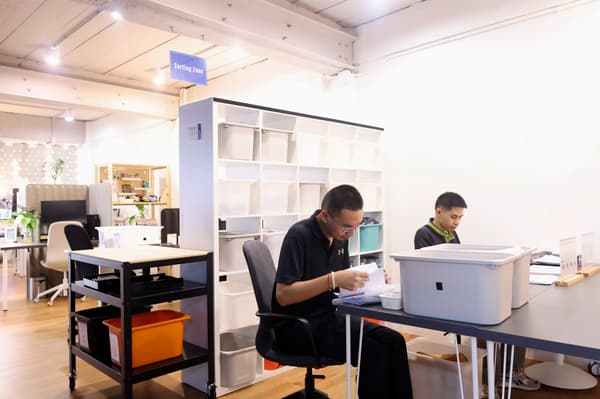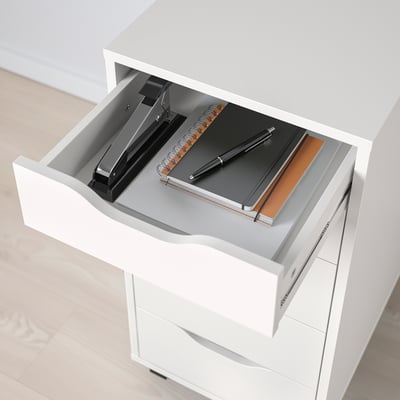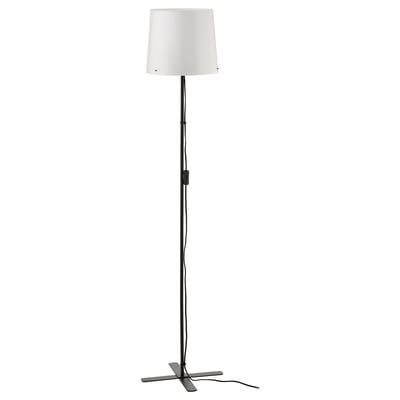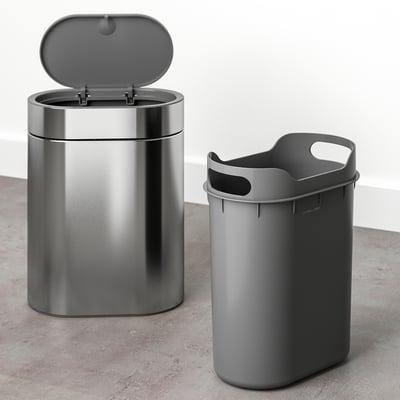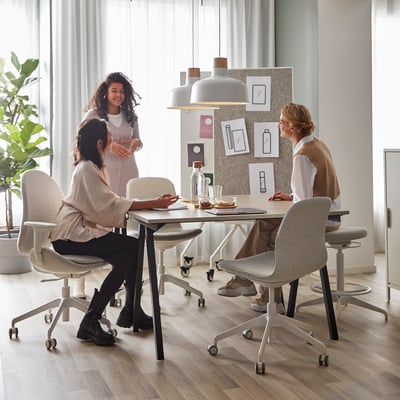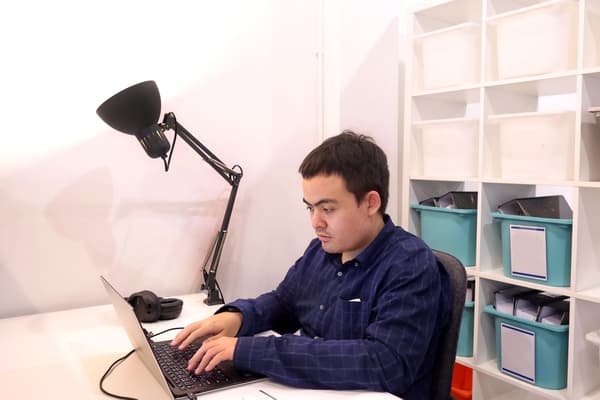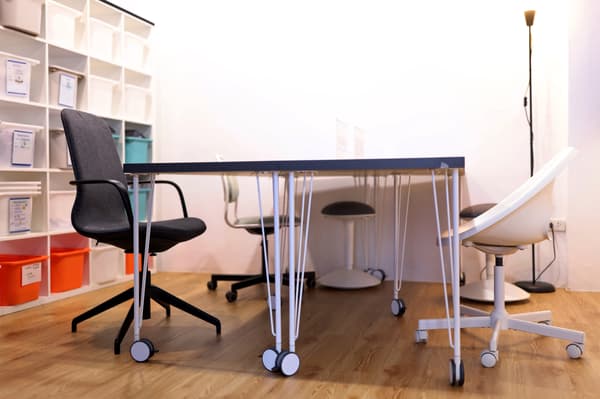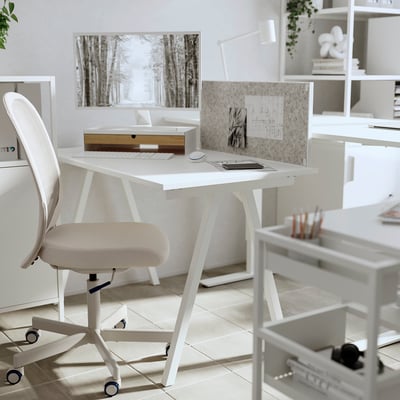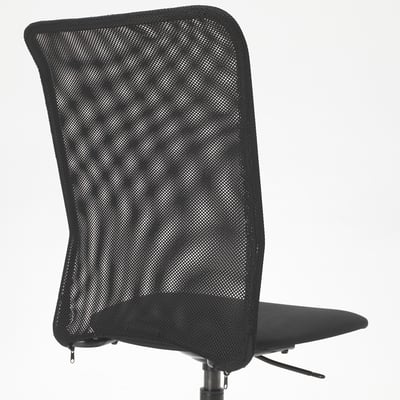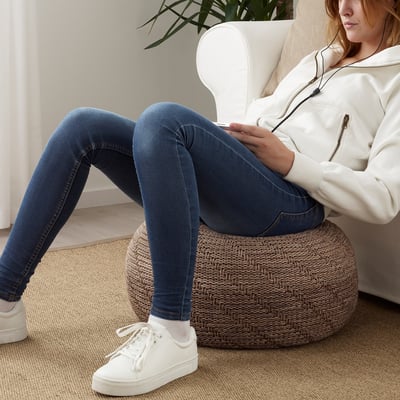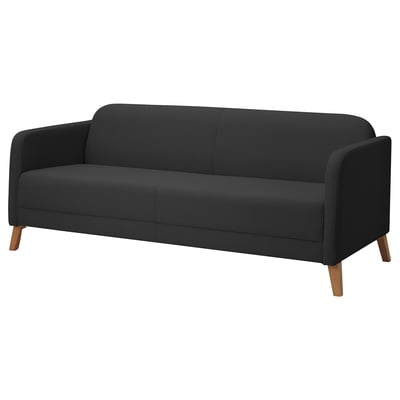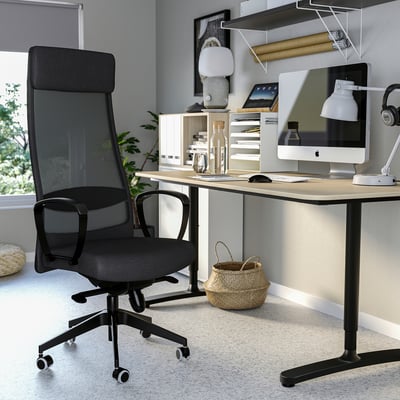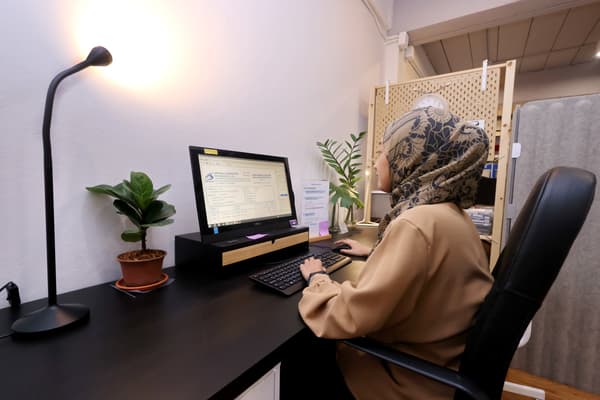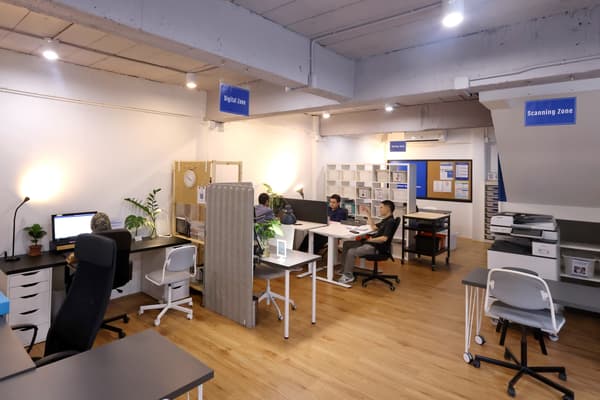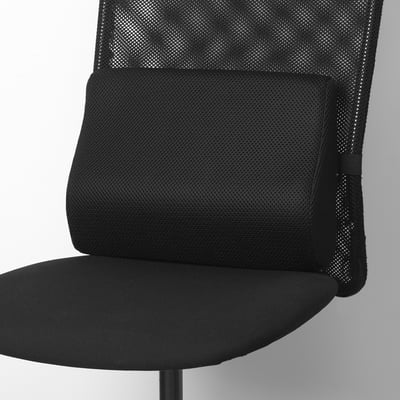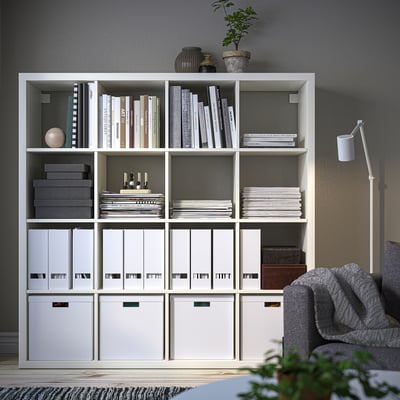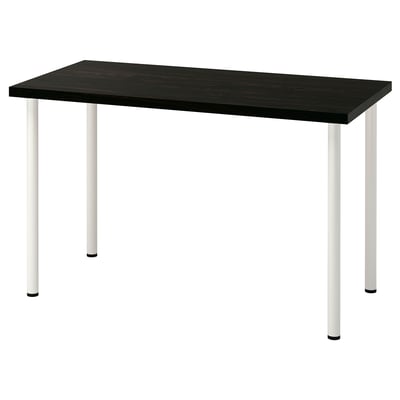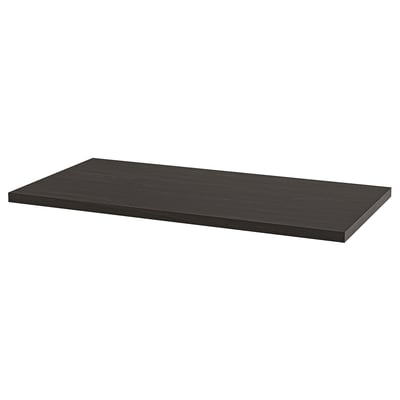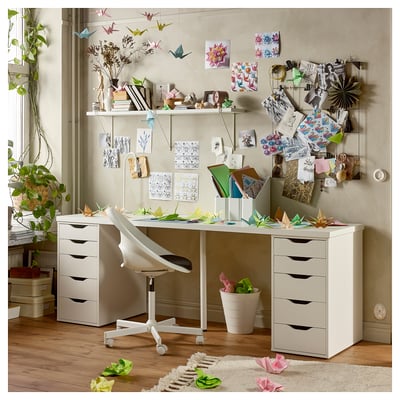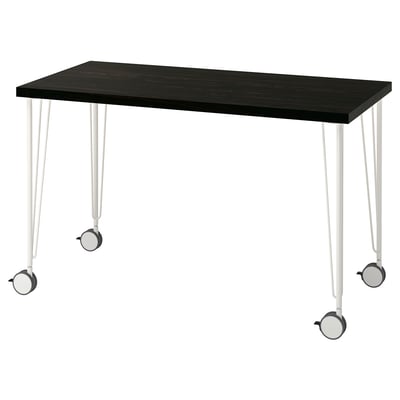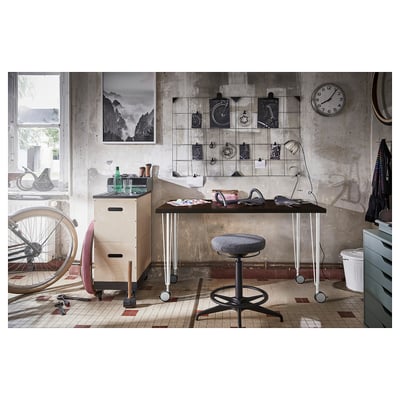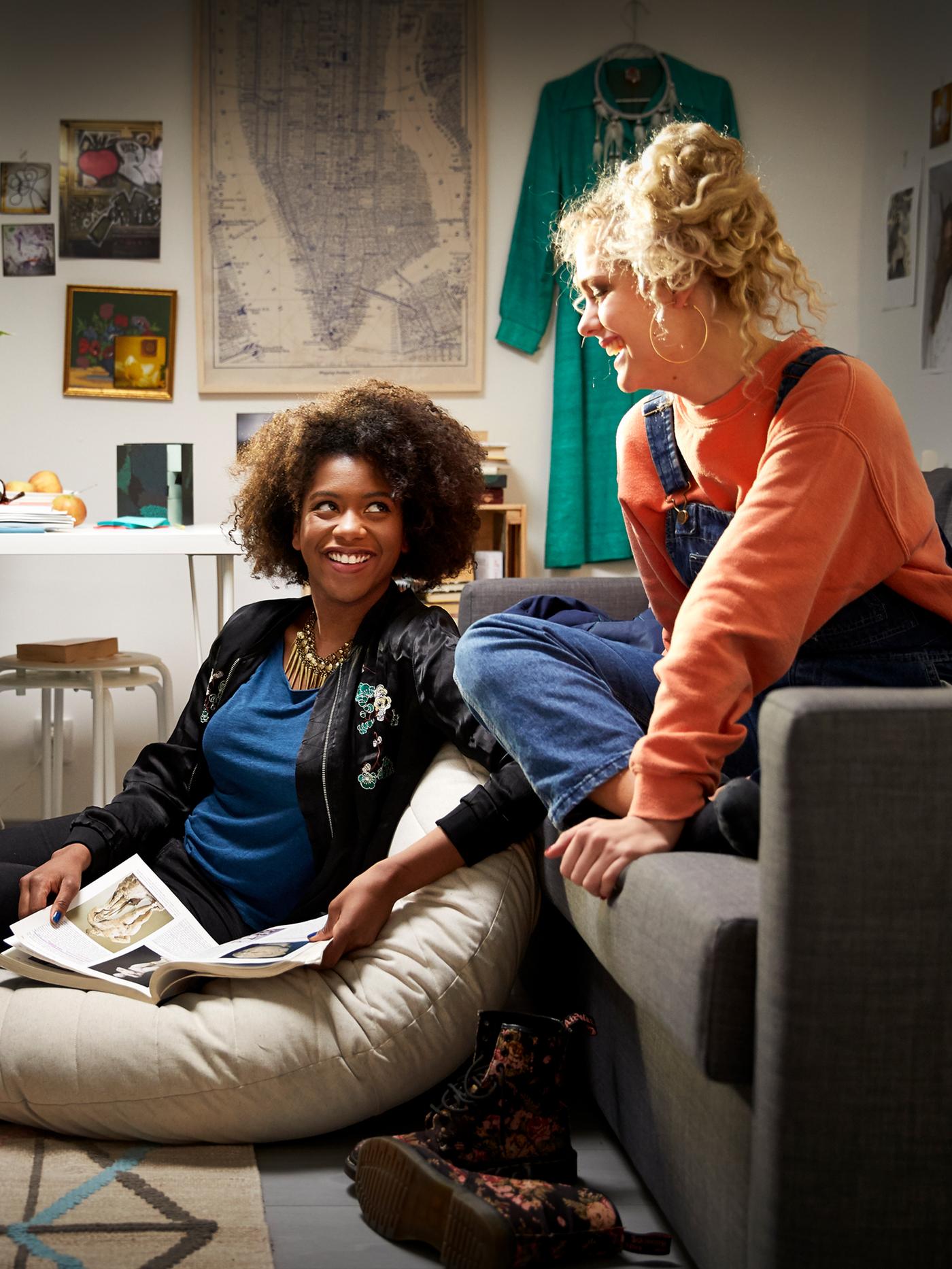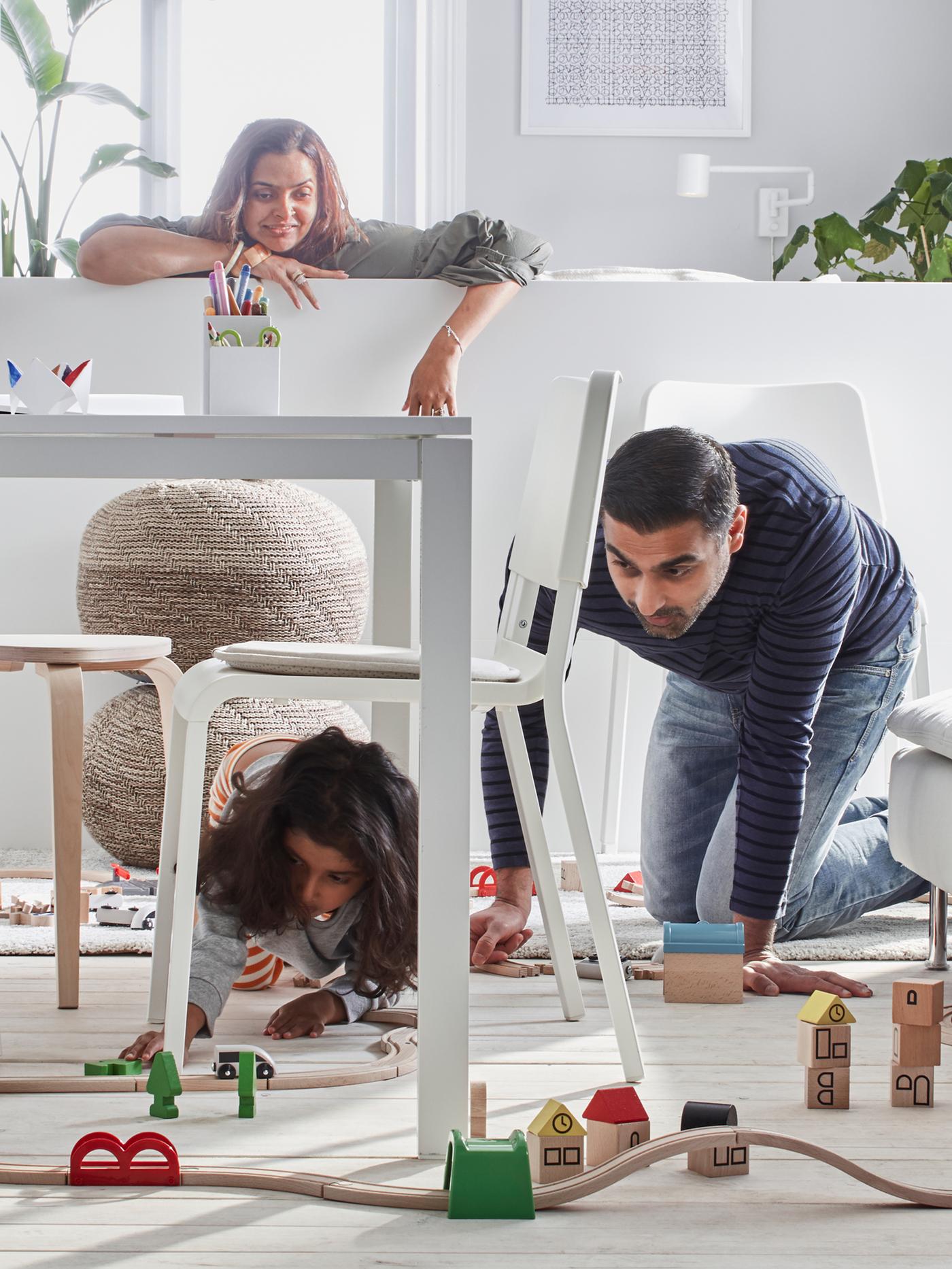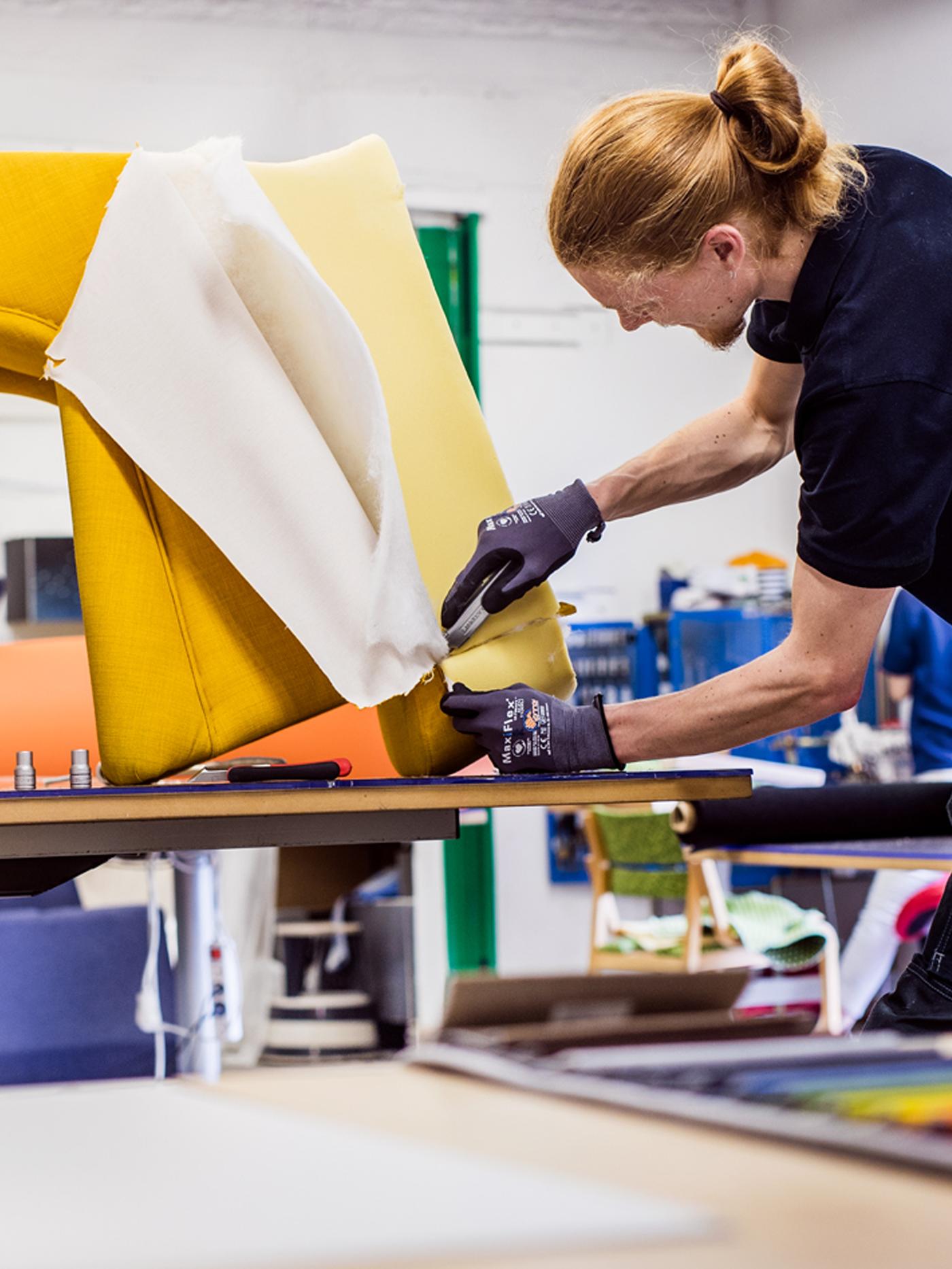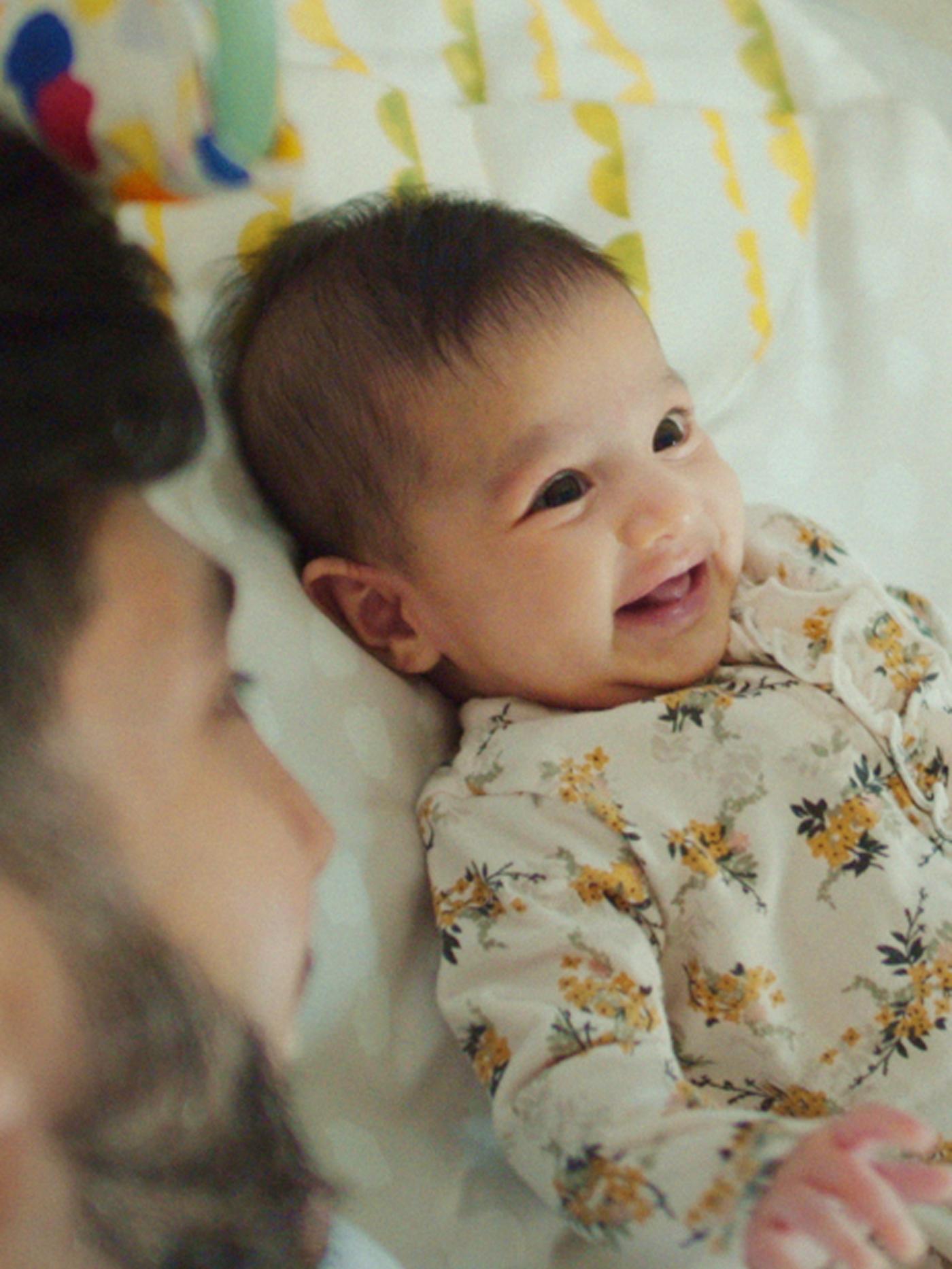We believe in the value of a diverse workforce.
At IKEA and Steps, we believe in the value of a diverse workforce. We believe anyone can work and that work can be meaningful and purposeful. We work to empower employers to realise and embrace the potential of neurodivergent people – as employees, as customers, and as part of their community, so that together we can create a more inclusive world. Let’s make the world everyone’s home.
We know that sometimes, employers can feel overwhelmed when thinking about how to make an environment or job roles accessible for someone with a disability. Research tells us that employers also worry about the cost of accommodations.


What are accommodations?
According to the Americans with Disabilities Act (ADA), a reasonable accommodation is a modification or adjustment to a job, the work environment, or the way things are usually done during the hiring process. In Thailand, the government is working towards implementing reasonable accommodations for not only people with disabilities but children and the elderly also, in line with the Convention on the Rights of Persons with Disabilities (UN). IKEA has partnered with Steps, a team of specialists who create workplace solutions for employers who want to hire inclusively, to share their expertise on how IKEA furniture can be used to create inclusive workplace environments. Accommodations don’t need to be expensive, they can look nice, and create benefits for everyone in the workplace.
Why do accommodations matter?
Research shows that accommodations contribute to higher productivity, higher employee retention, increased morale for all employees, as well as increased diversity of the organisation. Work provides us with a sense of fulfilment, purpose, and enrichment beyond economic benefits. Work gives us meaning and our place in society. With some small accommodations, we can make employment possible for many with disabilities who have traditionally been excluded.
Here are our 5 top tips:
1. Zone Spaces by Activity
Zoning spaces in your office by activity helps to make the responsibilities within that area clearer for everyone. We often create zones without realising it, such as areas for recycling and making copies, eating, and meeting in groups. If we take this concept a step further, we can use bookcases, such as the Kallax range from IKEA, to divide spaces which helps with reducing noise as well as reducing distractions such as people walking past or other people working.
In our inclusive office model, we have zones for Administration, Sorting, Scanning, Digitisation, and Re-Charging. We have used a mixture of furniture and signage to make the zones clear.
2. Provide Individual Lighting Options
People perform better with different types of lighting. Employees may prefer different lighting at various times throughout the day depending on their mood, the amount of natural light, or energy levels.
You might not be able to change the overhead lighting in your space but you can use smart lighting that allows you to use dimmable bulbs or a range of lamps that offer uplighting and downlighting. Allowing employees to pick lamps empowers them to control their environment as needed without impacting others.
3. Provide a Wide Variety of Seating Options
We use a wide range of seating options to allow our employees to have choice. For example, static chairs, chairs with wheels, stools, chairs with and without armrests, chairs with high backs and low backs, all have benefits for different people.
Whilst one person might find a chair on wheels distracting, another person might benefit from the movement it provides. Many employees seek lumbar support or an additional cushion.
We understand wanting to buy furniture that matches and fortunately IKEA offers similar colours across their ranges so the desired style can be achieved.
By presenting employees with choices in their environmental set up, employers demonstrate that they care about individual preference and employee wellbeing.
4. Offer Desk Options
The pandemic saw standing desks in the limelight and rightfully so, they are fantastic! Some people need movement breaks as their bodies have higher levels of energy and/r sensory needs. Interchanging between a seated and standing position is a simple method for increasing productivity and comfort.
Ever notice yourself getting sluggish after lunchtime or during a long call? Try standing for 10-15 minutes to see if you feel more energised.
Try having different zones of seating (standing/seated) or even better, make all your desks adjustable so employees can regulate (control their emotions/bodies) independently without disturbing others.
5. Keep Spaces Organised
Different minds work in different ways and by having organised and clear environments, it helps make them accessible for everyone. When accessibility is thoughtful, we have good systems and processes which increases the independence of our employees and in turn, leads to higher productivity.
IKEA has an excellent range of organisational solutions. At Steps, we use DRÖNA boxes for a variety of purposes and add detailed signage to the front. We use this system for filing documents, stationary, recycling paper, and employee lockers. These boxes help make the environment look neat and tidy yet the sign with pictures or words on the box allows employees to understand what is inside. It also ensures people return items to the correct place.
These tips are in line with Universal design principles which is defined as ‘design products, environments, programs and services that allow all people tothe greatest extent possible to participate equally in the society’ (Convention on the Rights of Persons with Disabilities, UN).
Join us in creating an inclusive society which is truly representative of all and where neurodivergent people are seen, valued, respected and empowered.
